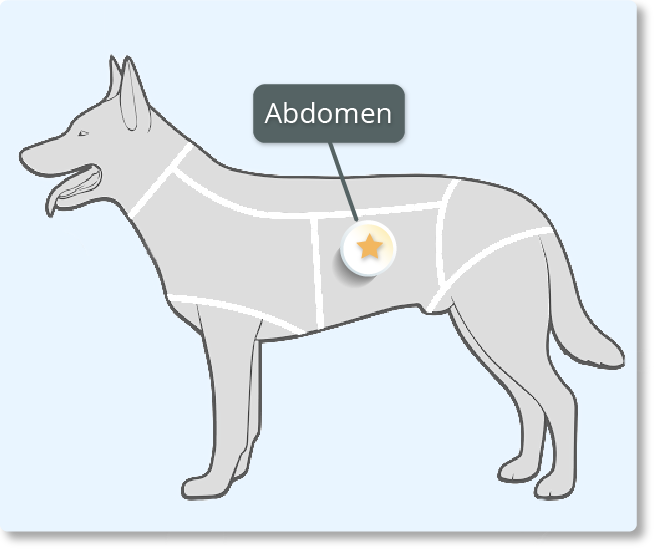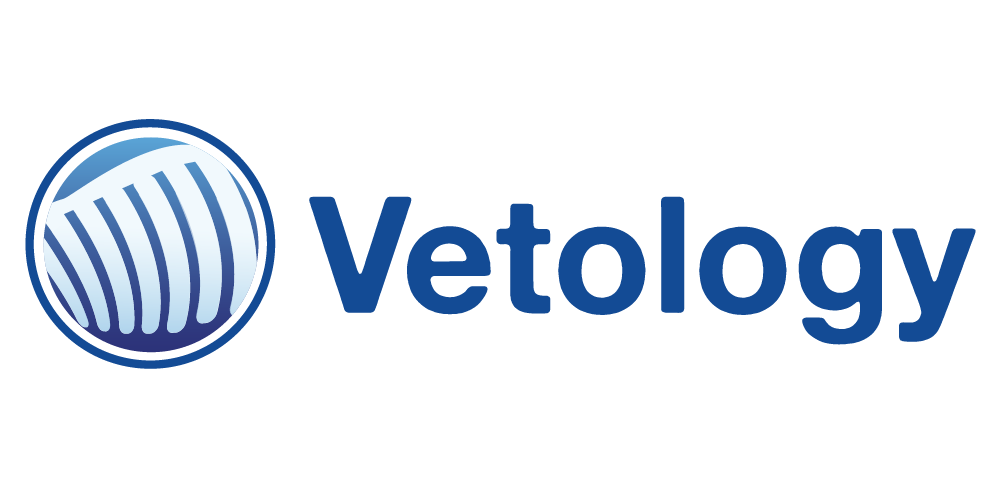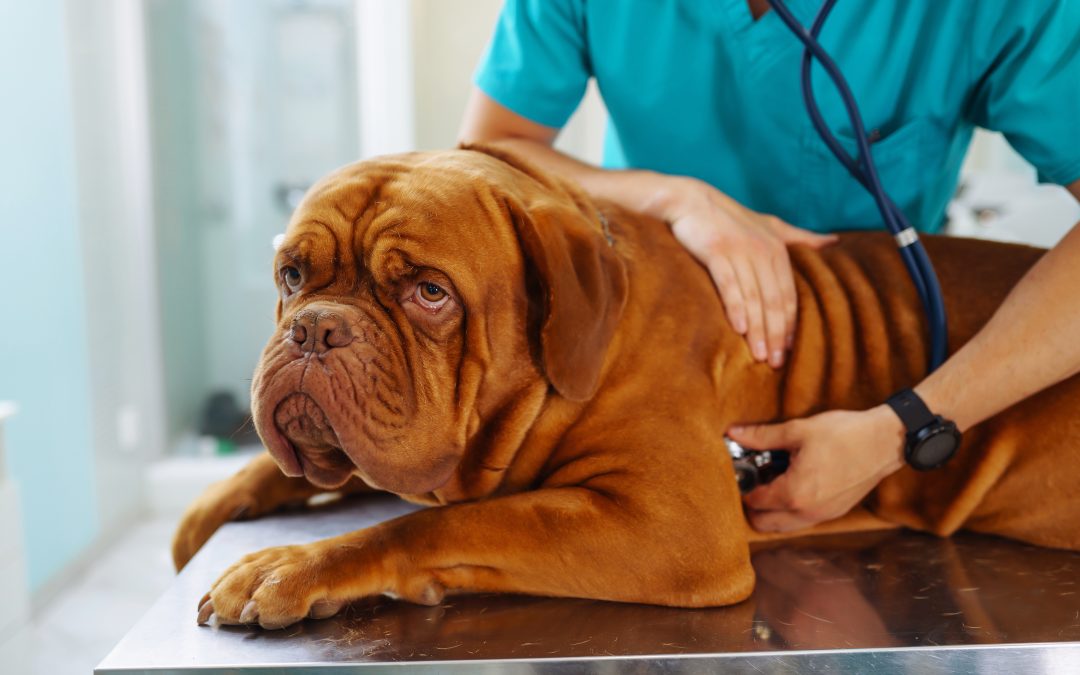The latest update to Vetology’s AI in veterinary radiology enhances its Canine Abdomen Virtual AI Radiology Reports with expanded condition detection, and a refined report format to better support clinical workflows. In this article we’ll go over how:
- Our AI classifiers were retrained and refreshed using client feedback and validated with gold-standard datasets.
- Regular updates improve sensitivity, specificity, and real-world diagnostic reliability.
- New classifiers expand the AI’s ability to detect a wider range of abdominal conditions.
- Reports now feature clearer conclusions, mirroring board-certified radiologist report formatting.
- Vetology AI streamlines workflows, offering faster, more reliable diagnostic support.
Screening for Canine Abdomen Conditions Just Got Better with our New and Updated Classifiers
At Vetology, we’re constantly pushing the boundaries of veterinary AI to support your diagnostic needs. That’s why we’re excited to announce the latest update to our Canine Abdomen Virtual AI Radiology Reports!
This release features new and improved classifiers, a combination of the feedback from our clients on our existing canine abdomen classifiers, paired with an expanded range of conditions. Whether you’re an existing client or you’re curious about what Vetology AI can offer, these updates represent a leap forward in diagnostic support for your practice.

What's New?
Improved Performance on Existing Classifiers
Our current canine abdomen classifiers have undergone rigorous retraining and validation to enhance their accuracy. Here’s how we’ve made them better:
- User Feedback in Action: Direct input through our simple feedback system has been instrumental in guiding our efforts. Coupled with expanded datasets, this process has driven measurable improvements in our AI’s performance.
- “Golden Set” Validation: Each classifier is tested against a gold-standard dataset reviewed by radiologists to ensure accuracy. While our AI is designed to handle real-world variability, clear and well-positioned radiographs consistently yield the best results.
- Sensitivity and Specificity: We use a confusion matrix to evaluate classifier performance and only release updates that meet our strict internal standards for reliability and precision.
Expanded Capabilities = More Value
Our newly updated classifiers significantly broaden the range of conditions our AI can identify. With more actionable insights in each report, you can expect even greater support in your diagnostic workflow.
Refined Report Style
In addition to improved classifiers, we’ve updated the style of our reports to align with the clarity and structure you’ve seen in our recent feline abdomen release. These enhancements provide clearer conclusions and actionable recommendations in a format similar to a board-certified radiologist’s report.
Summary of the conditions and disease processes (classifiers) included in our Canine Abdomen Automated AI Radiology Reports:
Vetology’s AI classifiers are thoughtfully curated to assist veterinarians in addressing complex and frequently encountered conditions requiring radiologist expertise.
The AI-driven screening results in our Virtual AI radiologist report focus on identifying and characterizing diseases that challenge clinical assessment.
- Liver: Hepatomegaly, hepatic mass, microhepatia.
- Spleen: Splenomegaly, splenic mass.
- Kidneys: Right kidney size, right nephroliths, left kidney size, left nephroliths.
- Gastrointestinal Tract: Mineral/metal gastric material, gastric contents, pyloric/gastric outflow tract obstruction, gastric rugal folds, small intestine distension (mechanical ileus), Small intestine contents, mineral/metal small intestine material, colon diffuse distension, colon contents, spastic colon wall.
- Urogenital: Urocystoliths/Urethroliths, Mineralized fetal skeletons/pregnancy.
- Peritoneum: Decreased serosal detail.
Effortless Updates, Seamless Workflow
Vetology AI is designed to save you time while supporting better patient outcomes. By incorporating the latest advancements in machine learning and listening to your feedback, we’re making diagnostic support more reliable and comprehensive than ever.
If you’re not already a Vetology client, now is the perfect time to explore how our AI and teleradiology solutions can transform your practice.
Schedule Your Demo Today!
Want to see how Vetology AI can alter your diagnostic workflow? Contact us today for a demo of our Virtual AI Radiology Reports and teleradiology services.
We encourage you to share this update with your team and colleagues and join us in advancing veterinary diagnostics together.

